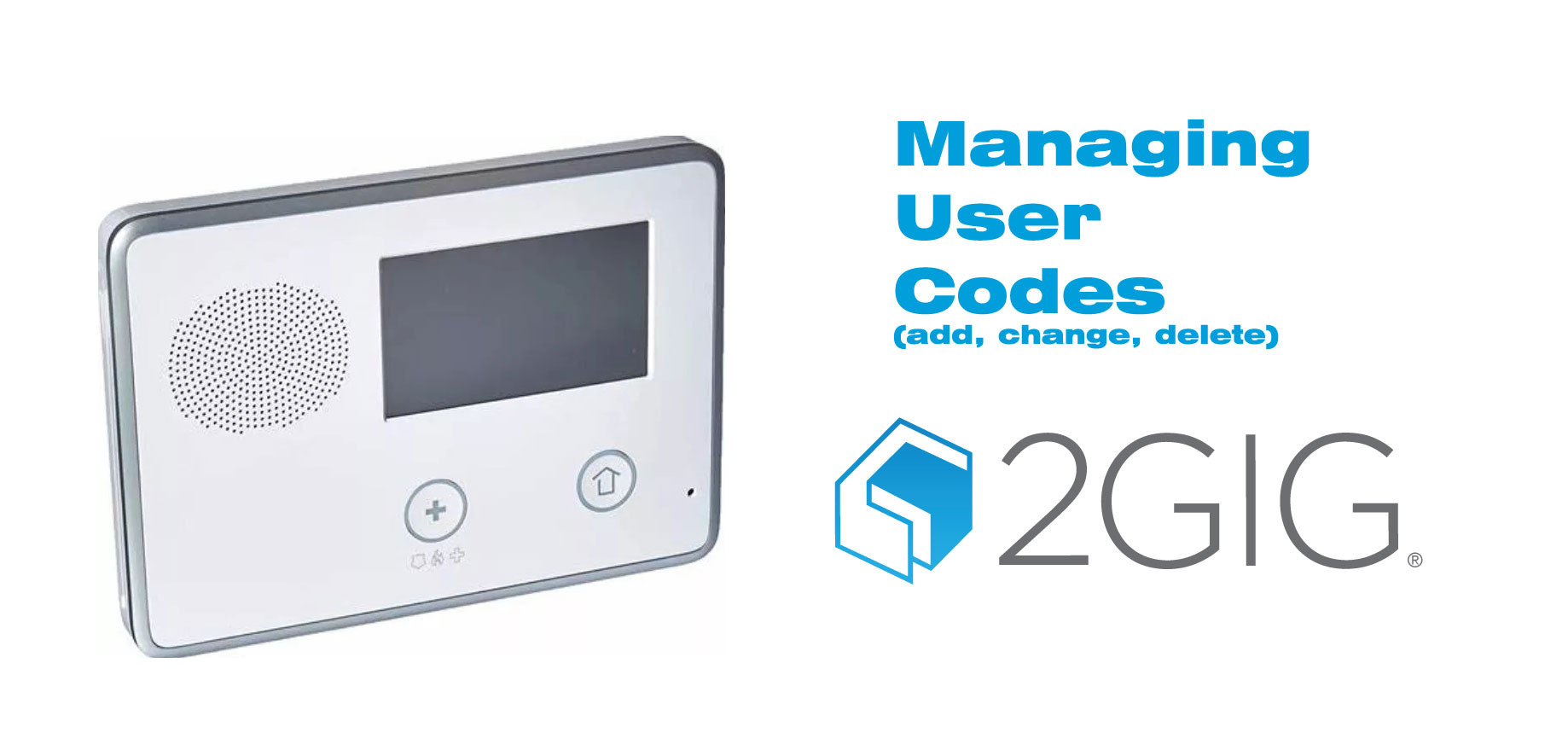Online Gaming Performance and How to Improve it
In today’s hyper-connected world, a fast internet connection is often seen as the holy grail of seamless online gaming experience. Gamers invest in high-speed plans, expecting low latency, no lag, and uninterrupted game play. However, many still experience performance issues despite having internet speeds that far exceed the requirements of most online games. This contradiction leaves players frustrated and wondering:
“Why did I just lose that match to the 13 year old girl from Japan- am I really that bad at this game?”
While the answer is almost certainly “yes” to that question – The real reason may lie in understanding that internet speed alone doesn’t determine the quality of your gaming experience. Factors like latency, jitter, packet loss, network congestion, hardware limitations, and even game server locations all play significant roles (skill is also on that list, but we won’t talk about that one – yet). This article breaks down these technical elements to uncover the real reasons behind poor gaming performance and hopefully help to improve your online gaming experience.
1. Understanding Internet Speed vs. Game Performance
Internet Speed Defined
When you think of internet speed, you’re usually referring to:
- Download speed: How fast data is transferred to your device (measured in Mbps).
- Upload speed: How fast data is sent from your device (also measured in Mbps).
For most online games, the minimum requirements are surprisingly low. Usually around 3-6 Mbps download and 1-3 Mbps upload. So if you’re on our 100 Mbps plan, raw speed is rarely the issue. There are a few games that do require significant amounts of bandwidth – Halo Infinite is just plain absurd.
Online Gaming Requirements
Online games exchange relatively small amounts of data in real time. What matters more than bandwidth is how efficiently and reliably that data travels. This brings us to three critical metrics:
- Latency (Ping): The time it takes for data to travel from your device to the game server and back (measured in milliseconds – 1ms = 1/1000 of a second).
- Jitter: The variability in packet arrival time. High jitter can cause erratic game play.
- Packet Loss: Data that never reaches its destination, leading to stutters or disconnections.
A fast internet connection with high latency, jitter, or packet loss can result in a poor gaming experience.
The good news is CGI-Communications Internet connection on-network latencies average 25ms for 99% of our subscriber connections. Add 5-10ms latency to PlayStation, Nintendo, or Xbox live, 15-20ms for Steam based games. So you can typically expect less than 50ms latency from you to the most popular gaming platforms. The bad news is the fastest human reaction time is 101ms, and most seasoned gamers fall into the 150-200ms range… so skill might in fact start to emerge as the deciding factor in “who wins the match”.
2. The Role of Latency in Gaming
What is Latency?
Latency, or ping, is the round-trip time it takes for a packet of data to go from your computer to the game server and back. It’s crucial for real-time applications like gaming.
Why Latency Matters
In highly competitive games (e.g., Call of Duty, Fortnite, or Valorant), even a 200ms difference in latency between competitors can affect gameplay. Actions might register with a delay, shots may seem off-target, or opponents may appear to teleport.
Causes of High Latency Despite Fast Internet
- Geographic distance to game servers
- Shared connections or peak-time congestion
- Poor Wi-Fi signal *a very common issue*
A high-speed connection with low latency can still have high game latency due to any of these factors.
3. Jitter and Packet Loss: Hidden Enemies
Jitter Explained
Jitter is the fluctuation in the time packets take to reach their destination. In a game, it can make movement or hit detection feel inconsistent, even if ping appears low. Optimal jitter is typically less than 5ms. However, using Wi-Fi to game can significantly increase your jitter.
Packet Loss Explained
When packets get lost in transit, the game client doesn’t receive important updates. This results in:
- Rubber banding (moving back and forth unexpectedly)
- Missed commands (like firing a shot)
- Disconnections
Packet loss often stems from network instability rather than raw speed.
4. Wi-Fi vs. Wired: The Connection Dilemma
Wi-Fi Weaknesses
Wi-Fi, especially on the 2.4 GHz band, is prone to:
- Interference from structures, walls, physical location, or other Wi-Fi emitting devices
- Congestion from multiple users and devices
- Fluctuations in signal strength (RSL/RSSI/SNR)
This can introduce jitter, packet loss, and high latency. If you must use Wi-Fi to game, use the 5GHz frequency band ( e.g. WIFI_5g)
Why Ethernet is Better
A wired Ethernet connection provides:
- Consistent speeds – usually up to 1000Mbps while connected to your network equipment.
- Lower latency – usually < 1ms to your network equipment.
- Minimal interference from other sources
For serious gaming, using a wired connection is always recommended. You will not find one professional gamer that does not use a wired connection for these reasons.
5. Game Server and Platform Issues
Game Server Load
Popular games can experience server overloads, causing lag on the server end rather than yours. If you have the option, try switching to a less popular server and see if that resolves your issue.
Regional Server Availability
If a game doesn’t host servers in your region, your traffic must travel farther in order to connect to the games servers, increasing latency. In this case, there is little that can be done to solve your issue – short of moving closer.
Matchmaking with Distant Players
Some matchmaking algorithms prioritize fast queue times over proximity, resulting in high-latency matches. This means that the closer player will likely have the advantage in the match. While undesirable, there is little you (or we) can do to resolve this issue short of moving closer to the game’s server itself.
6. Hardware and System Bottlenecks
Inadequate PC or Console Performance
If your device struggles to maintain stable FPS (frames per second), it might seem like network lag. However it is actually your computer or gaming console causing the issue. Time for that upgrade, and please for the love of all things good – DO NOT BUY AN ALIENWARE COMPUTER! They look cool, but actually perform horribly!
Background Applications
Applications like updates, cloud backups, or streaming can consume bandwidth and CPU, impacting gaming performance considerably. Try not downloading 3x steam games at the same time you are trying to play an online game. FYI – steam is a highly aggressive game client. If you are downloading a game, it WILL use all of your available speed unless you rate limit it, and even then – expect a performance decrease in your online game play.
Network Equipment
Outdated modems, routers, or firmware can bottleneck your connection and cause performance issues. Update the OS, software, firmware on routers/modems, etc.
7. Other Environmental Factors
- Smart Home Devices: Many connected devices (security cameras, thermostats, streaming devices) can strain the network randomly. That latency spike may in fact be a car driving down the road or the tree in your front yard blowing in the wind – that your Ring Doorbell camera is busy uploading to the internet.
- Network Congestion: If multiple people are using bandwidth-heavy services, like streaming a video – it can affect your gaming experience. Ask yourself – “Do I pay the internet bill?” If the answer is “yes”. You already know what to do. If the answer is “no”. I would suggest waiting patiently until they are done.
- Firewall or Antivirus Settings: Overzealous security software may interfere with gaming traffic. Try disabling it completely and seeing if that resolves your issue.
- Using a VPN while gaming: No – using a VPN closer to the game servers themselves will not improve your latency. In fact it will inject quite a bit of latency into the connection. Disable your VPN while you are gaming for the best performance.
8. How to Troubleshoot and Optimize Your Gaming Experience
Here are some practical tips:
| Action | Benefit |
|---|---|
| Use a wired Ethernet connection | Reduces latency and jitter |
| Close background apps and devices | Frees up bandwidth and CPU |
| Choose servers closer to your location | Minimizes latency |
| Update router firmware | Improves stability and performance |
| Enable QoS (Quality of Service) in router | Prioritizes gaming traffic |
| Git Gudder Noob (gamer speak for a skill issue) | May help resolve inadequacies in life |
Conclusion
A fast internet connection is only one piece of the puzzle in achieving optimal online gaming performance. Gaming relies on stable, low-latency connections far more than high bandwidth. Many issues—from physical location to Wi-Fi interference and even overloaded servers—can negatively impact your gameplay, even if your speed tests are off the charts.
By understanding and addressing these factors, gamers can make informed decisions and implement targeted fixes that enhance their experience far beyond what faster speeds alone can offer.
Good luck and Happy Gaming!
Have you gone through this exhaustive list and are still having problems with your online game? Give our technical support a call, they’ll gladly help you beat that mean 13 year old girl – they wont even laugh at you (*ok – they might, but we will still help you*).
Tech support can be reached at (520) 421-3333 opt. 2.





